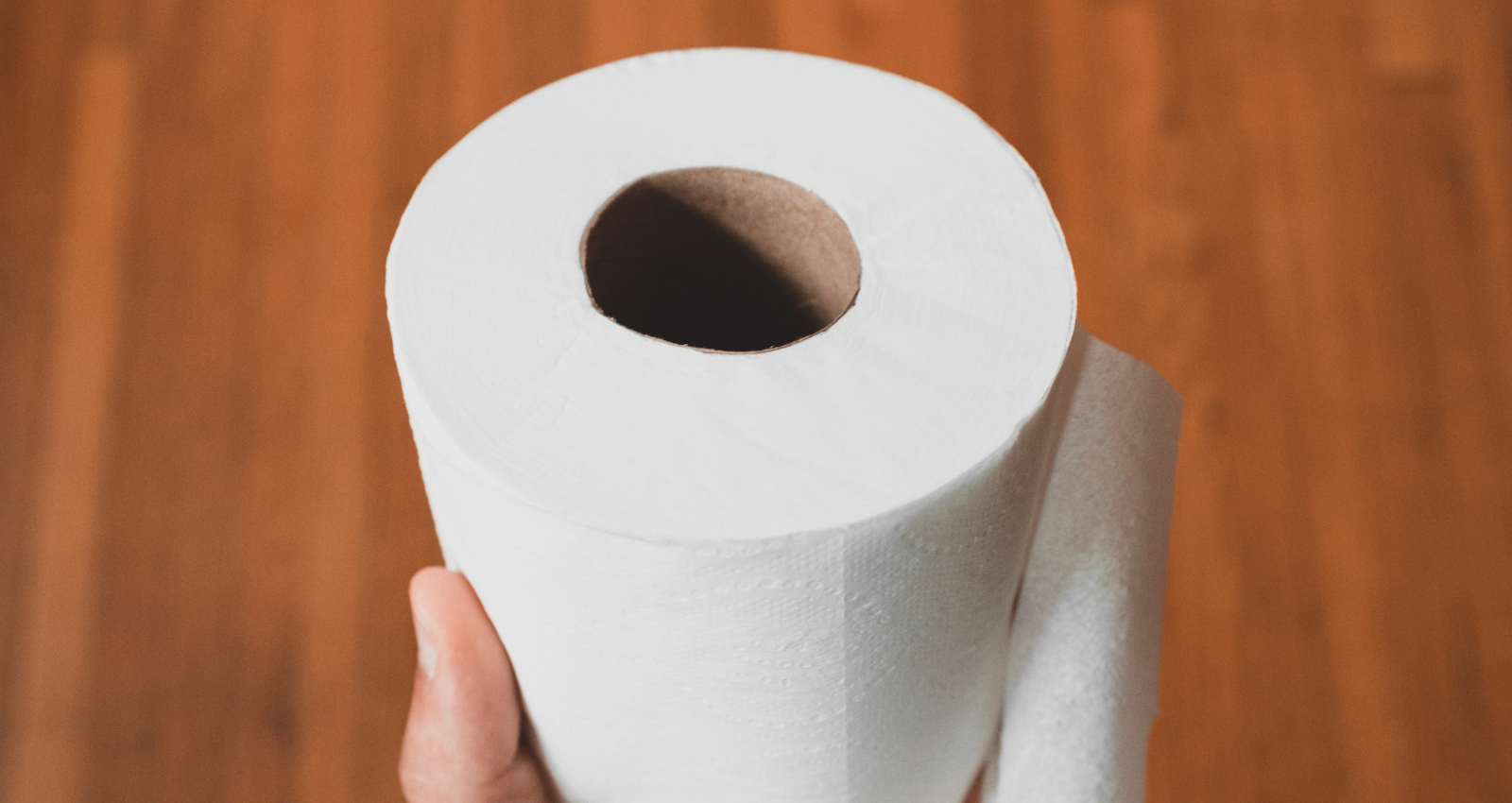
Teaching an autistic child to use the toilet
Many parents of young autistic children wonder does autism affect toilet training? The truth is, it can but it doesn’t always. Let’s face it, teaching any child to use the toilet can be tricky and very much depends on your child and whether or not it is the right time for them to learn to use the toilet. Toilet training a child with autism is entirely possible and in this blog we will give you some autism and potty training tips.
Tips to help toilet training go well for autistic children
Make sure you start when they are ready
Like with any child, the first step is determining whether your child is ready or not. Some good indicators are:
- Showing an interest in using the potty or toilet
- Having an awareness of when they are peeing or pooing
- Letting you know when they need changing
- Changes in their behaviour when they are going to the toilet, such as going to a particular room to do it.
- Improved bladder control, for example holding in pee for longer periods.
No matter your child’s age, if they are not showing any of these indicators, chances are they are not ready.
You should also start toilet training at a time that works well for you, so it is as stress-free as possible.
Potty or toilet? Sit or stand?
Some children like to use a potty. Some like to use a toilet. Either is fine. Using both is fine! Let your child lead the way and tell you which is best. Making sure your child is comfortable and not afraid to go to the toilet is important.
If you have a boy, they will need to decide whether to sit down on the toilet or stand when they are peeing. If they are not able to differentiate between going for a pee and a poo, it is best to encourage them to sit down. Otherwise, let them make the decision. There are aids that you can buy, such as stickers for the toilet, to help them aim in the right direction.

Develop a toileting routine
It’s a good idea to get your child used to going to the toilet. Some health professionals recommend changing your child in the bathroom so that they start to associate this room with going to the toilet. Make sure that your bathroom is a calm environment and remove any distractions.
Observe your child and take them to the toilet based on your observations and when you think they are likely to go. It is also a good idea to take them at certain times of the day, for example, when they get up and before they go to bed.
Using visual cues to help them understand the process of going to the toilet can be helpful. You can use sequence pictures and PECS. For example, a child can learn to exchange a picture of a toilet when they need to go.
During the night, it is a good idea to limit drinks before bedtime. If your child struggles to stay dry at night, use night time pants or a Kylie sheet to protect their mattress and help keep them comfortable. You could also try Peejamas, an alternative to disposable nappies.
Clothes for easy dressing and undressing
Another important consideration is to dress your child in comfortable clothes that they can easily manage themselves, check out our range of adaptive bodysuits and incontinence clothing designed especially for children with special needs and can help you with training your child.
Putting on and taking off trousers and underwear is a whole other skill that often needs to be learnt during toilet training. You might need to help your child to do this for quite some time, and that’s okay.
Washing hands
Washing hands is an important part of toilet training. Again, PECS are useful here, as are social stories.
Talk to your child’s nursery or school
Make sure you connect with your child’s nursery or school to make sure you are following the same routine. This will help to reinforce everything that your child is learning and avoid any confusion.
Go with the flow
Although routine is important, try to go with the flow and don’t put too much pressure on yourself or your child. Learning to use the toilet is a new skill and takes time. As a parent to a child with autism, you will know sometimes you have to create your own method of doing things. If this is the case, so be it – whatever works! Besides, there are worse things than sitting your child on a potty with an iPad.
Good luck!

